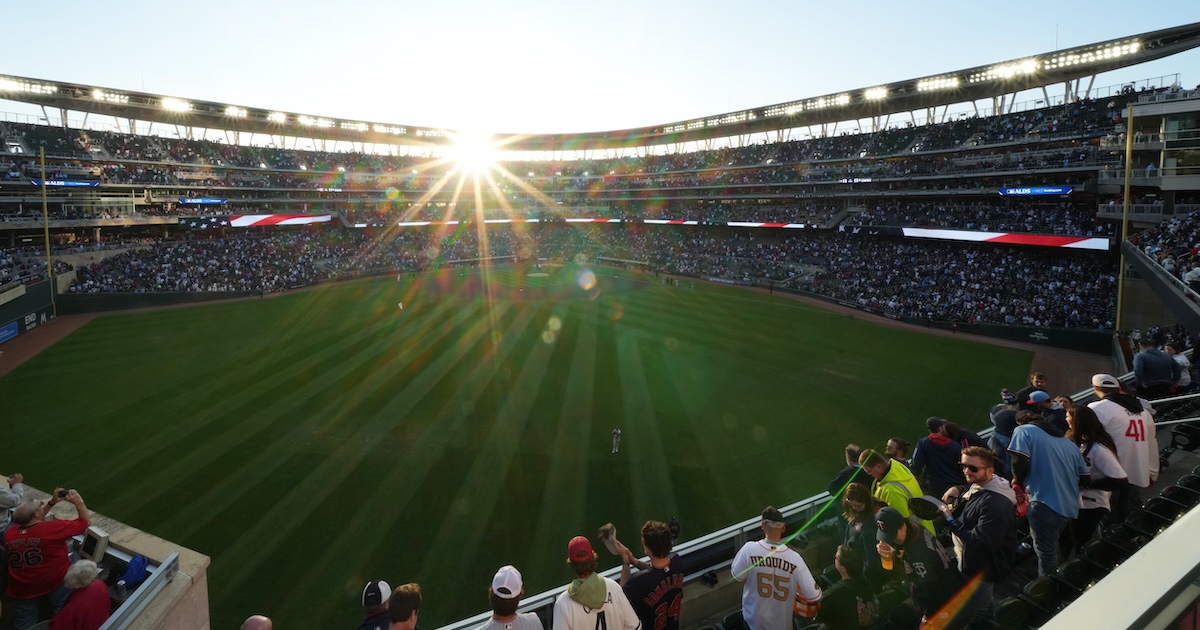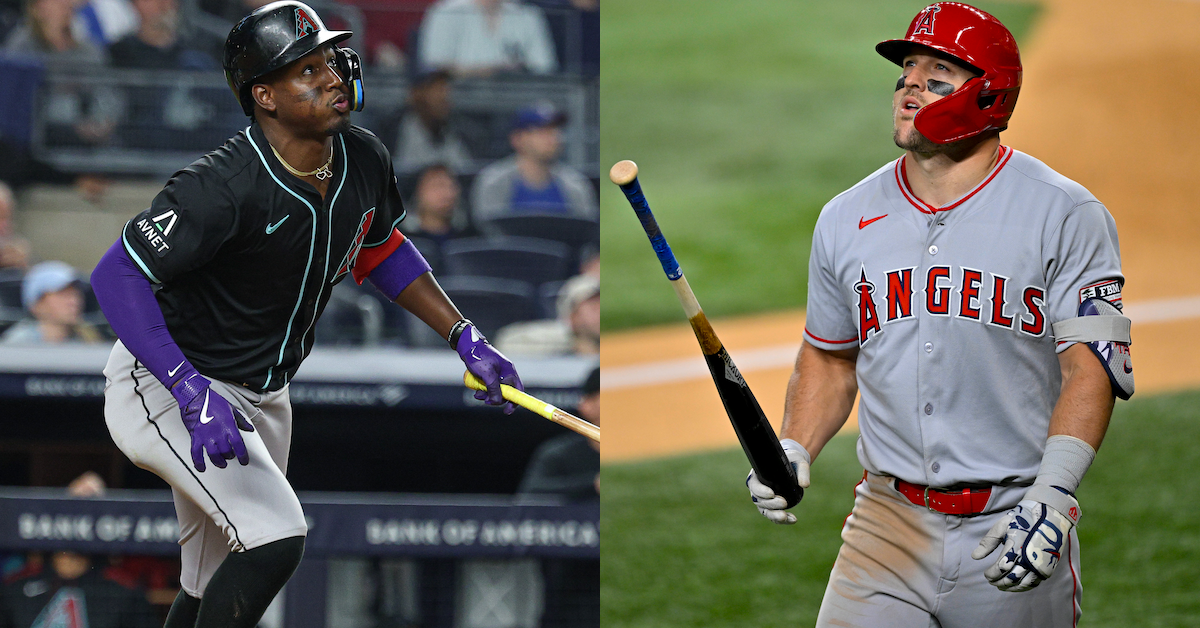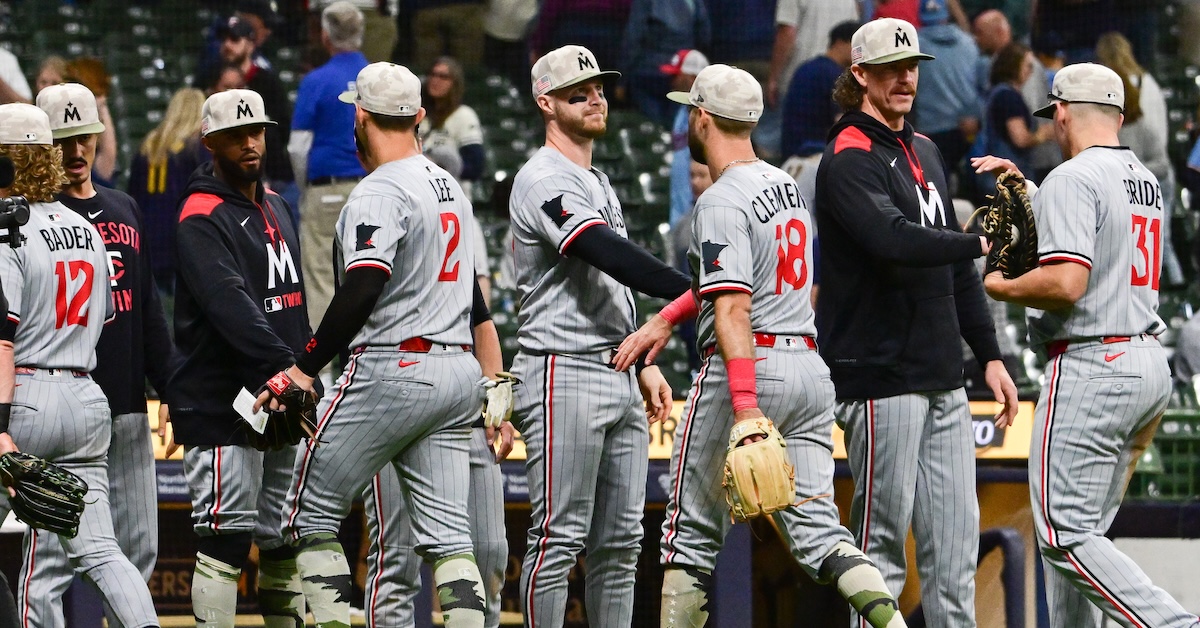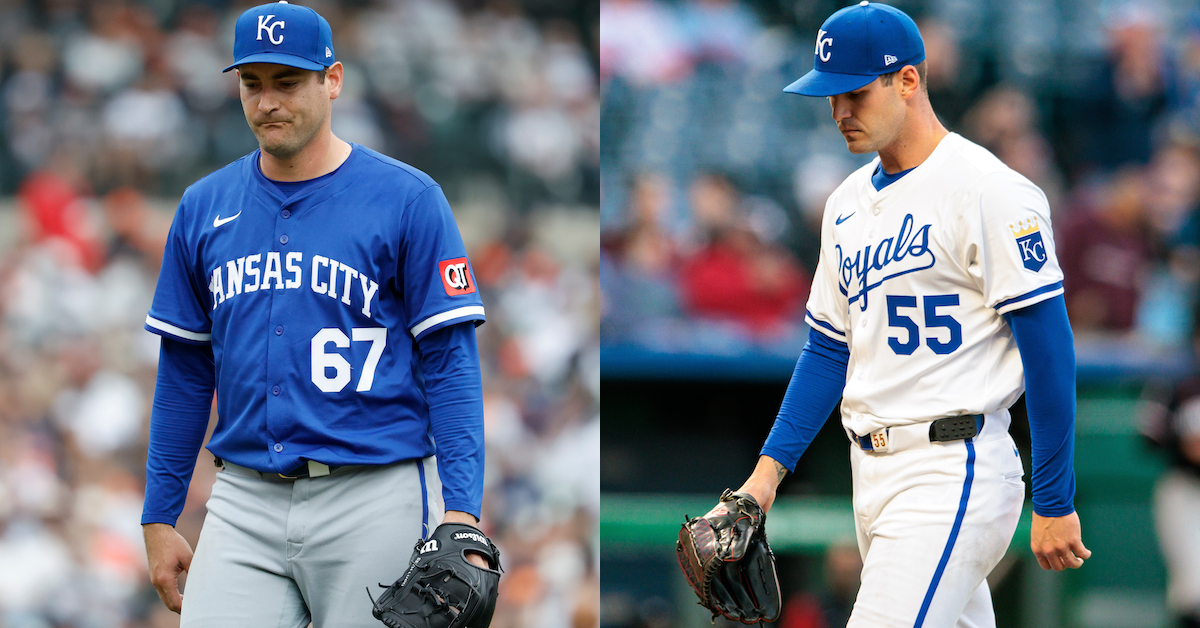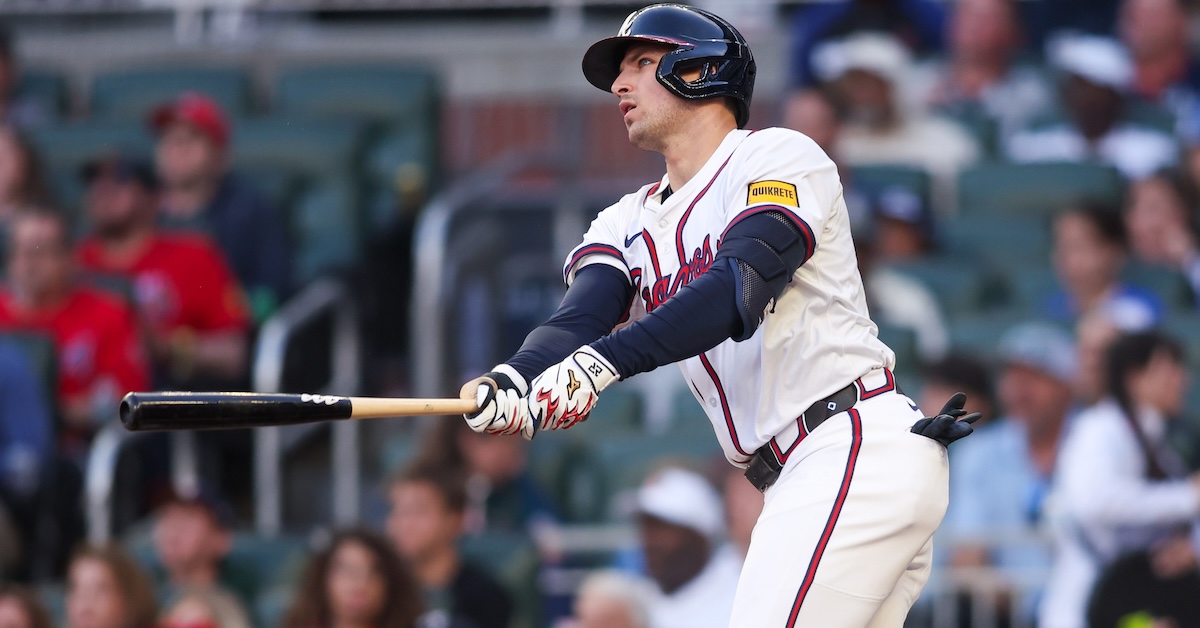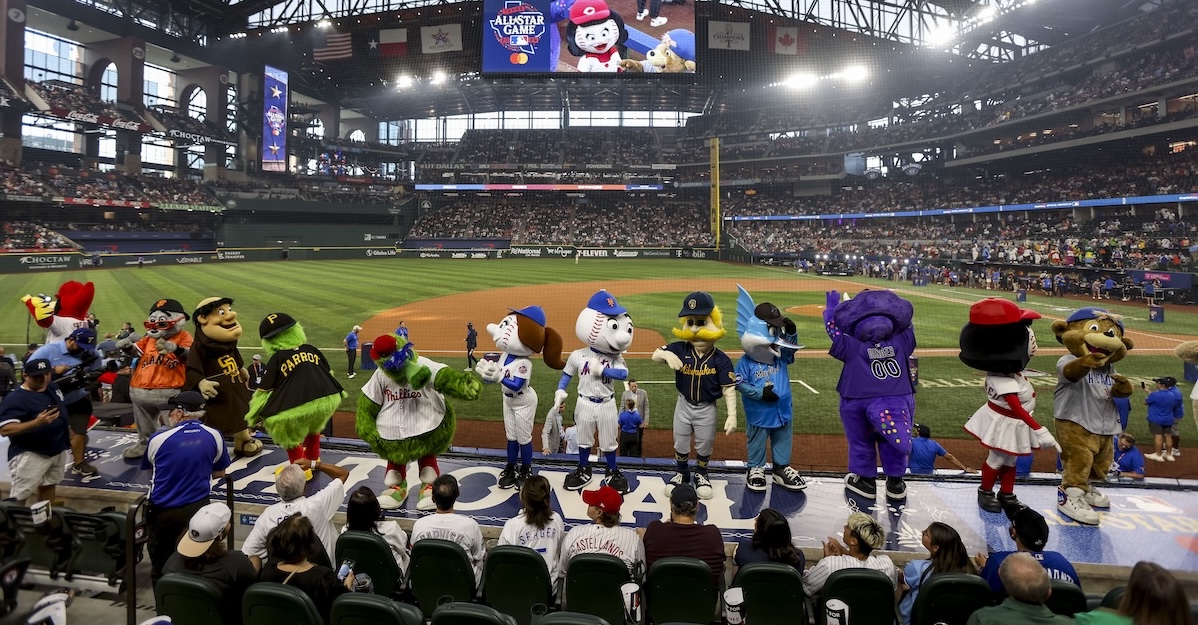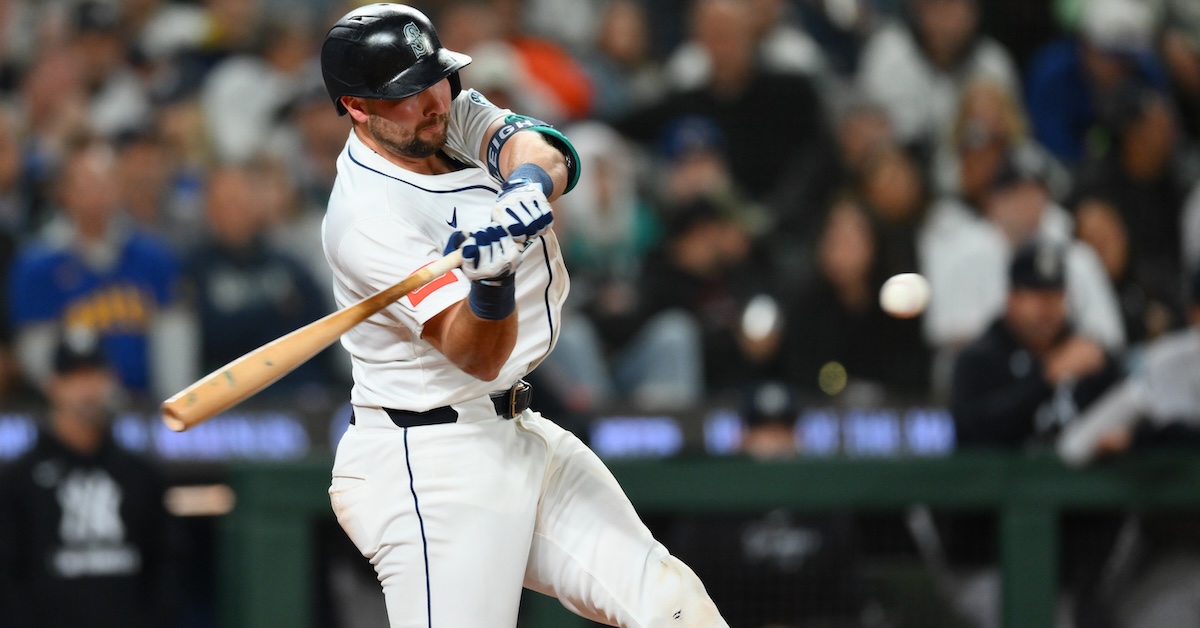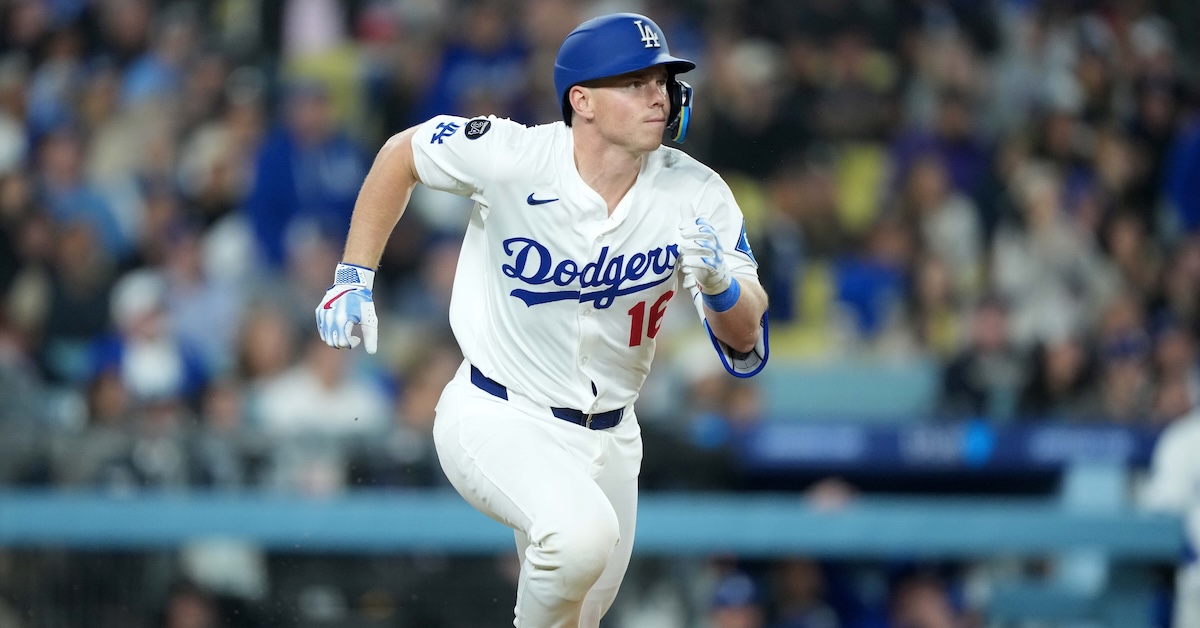Welcome Back, Robbie Ray
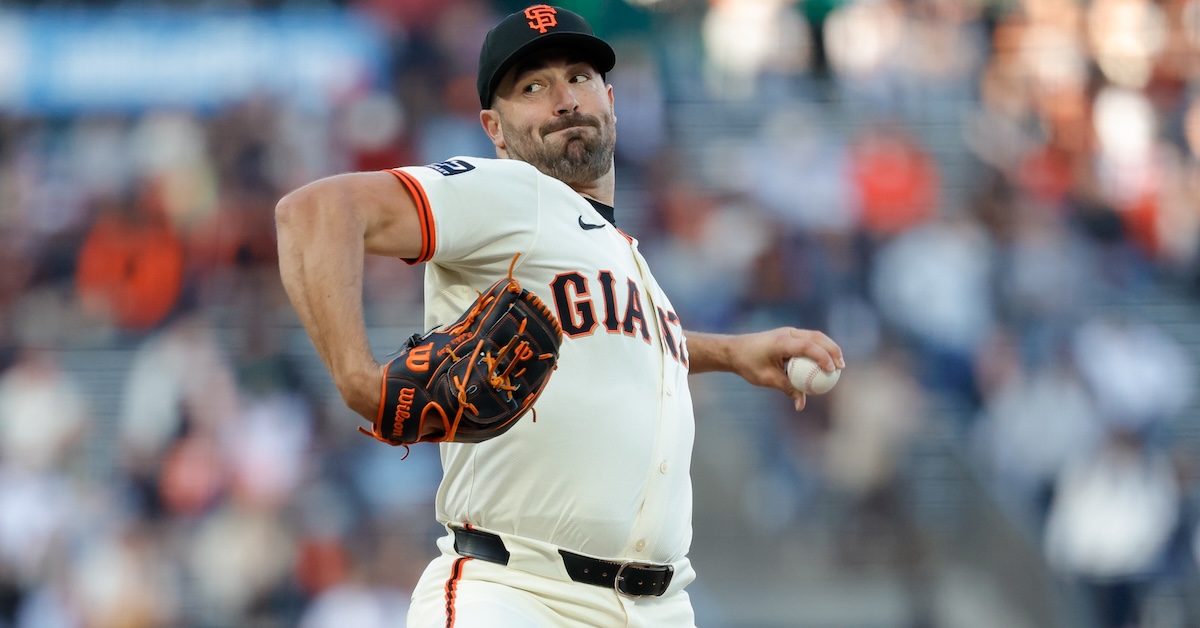
Back in the halcyon days of 2021, things were looking up for Robbie Ray. After a promising but inconsistent start to his career, he put everything together all at once and won a Cy Young award. He hit free agency on the back of that season and signed a deal that guaranteed him five times what he’d made in the majors so far. The future was bright – except that Ray turned around and put up a miserable 2022 campaign, meaningfully worse across the board despite pitching in Seattle, where trained squirrels can go six innings and give up two runs in the pitcher-friendliest ballpark in the big leagues. Then he got hurt. And later got traded as salary ballast. Life comes at you fast.
Ray would hardly be the first pitcher to spike some hardware in a weak year — only six AL pitchers reached 4 WAR in 2021; Ray wasn’t one of them — and then fade away. Rick Porcello says hi, by the way. If Ray’s last act was keeping replacement-level time on the Giants, at least he got his one big payday. Expectations weren’t high, and when he was shut down with an injury only a month after returning in the second half of last year, they fell further still.
Of course, I’m writing this article, so you know that hasn’t continued. Rather than teeter into irrelevance, Ray has come out strong to start 2025. He looks as good as he has since his award-winning season – and arguably even better. So let’s look at how he’s doing it now, because whether you’re a long-time Ray-head or just seeing the first Rays of light this year, he’s a strange enough – and fun enough – pitcher to be worth taking notice of. Read the rest of this entry »

